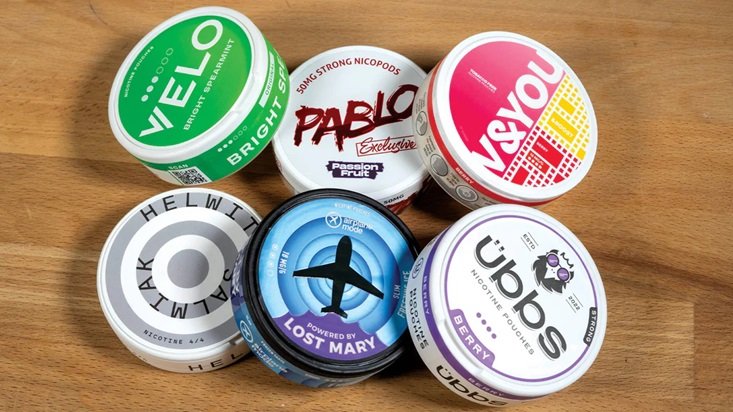In a world where we’re increasingly reliant on external resources, the concept of self-sufficiency has never been more appealing. Whether it’s the allure of reducing your carbon footprint or the satisfaction of becoming more independent, making your home self-sufficient is both an attainable and rewarding goal. This blog post will explore practical tips to transform your home into a self-sustaining haven. We’ll cover everything from energy solutions to food production and water conservation, providing a comprehensive guide to help you take steps toward independence.
The Growing Trend of Self-Sufficiency
In recent years, there has been a significant shift toward self-sufficiency. More homeowners are now keen to reduce their reliance on external systems, thanks to rising concerns about sustainability and resource scarcity. The move towards self-sufficiency isn’t just about survival; it’s about thriving in a way that respects the planet and enhances personal well-being.
From urban homesteaders to those living off-grid, the desire to be more autonomous is evident across various lifestyles. By making small, incremental changes in your home, you can enjoy the benefits of a self-sufficient lifestyle without completely overhauling your daily routine.
Energy Independence
One of the most impactful ways to make your home more self-sufficient is by generating your own energy. Harnessing renewable energy sources like solar and wind power can significantly reduce your dependence on traditional electricity grids.
Solar Power Solutions
Solar energy is a popular choice for homeowners seeking independence. Installing solar panels on your roof allows you to capitalize on a free, renewable energy source. Many solar companies in Utah, for example, offer tailored solutions that cater to your home’s specific energy needs. With advancements in technology, solar panels have become more efficient and cost-effective, making them accessible to a broader audience.
Wind Energy Considerations
For those living in areas with consistent wind patterns, wind turbines can be a viable option for energy generation. Though less common than solar power, small wind systems can complement your renewable energy strategy and provide additional power during sunny days.
Battery Storage Systems
Pairing your renewable energy sources with battery storage systems ensures you have access to power even when the sun isn’t shining or the wind isn’t blowing. By storing excess energy generated during peak times, you can achieve greater independence and reliability.
Food Production at Home

Growing your own food is another essential aspect of self-sufficiency. Not only does it provide fresh produce, but it also gives you control over what you consume.
Vegetable Gardens
Starting a vegetable garden is a simple yet effective way to begin producing your own food. Even if you have limited space, container gardening or vertical gardening can maximize your yield. Focus on easy-to-grow crops like tomatoes, lettuce, and herbs to get started.
Fruit Trees and Berry Bushes
Incorporating fruit trees and berry bushes into your garden can provide a steady supply of fresh produce. These plants require minimal maintenance once established and can thrive in various climates.
Raising Livestock
If you have the space and resources, raising livestock such as chickens or rabbits can further enhance your self-sufficiency. These animals not only provide meat and eggs but also contribute to a sustainable ecosystem by consuming kitchen scraps and producing natural fertilizer.
Water Conservation and Management
Efficient water use and management are vital components of a self-sufficient home. By implementing strategies to conserve and recycle water, you can reduce your reliance on municipal water supplies.
Rainwater Harvesting
Collecting rainwater is an effective way to supplement your water needs. Simple systems like rain barrels can capture runoff from your roof, providing a valuable resource for watering gardens or washing outdoor surfaces.
Greywater Recycling
Greywater recycling systems allow you to reuse water from sinks, showers, and laundry for irrigation purposes. By treating and repurposing this water, you can significantly reduce your household’s water consumption.
Low-Flow Fixtures
Installing low-flow fixtures in your home, such as faucets, showerheads, and toilets, can reduce water usage without sacrificing performance. These fixtures are designed to conserve water while maintaining optimal functionality.
Creating a Sustainable Lifestyle
Becoming more self-sufficient is about adopting a mindset focused on sustainability and resourcefulness. It’s not only about changing your home but also about shifting your habits and attitudes.
Reduce, Reuse, Recycle
Practice the three Rs to minimize waste and make the most of your resources. By reducing consumption, reusing materials, and recycling when possible, you can create a more sustainable household.
DIY Projects
Engaging in DIY projects can keep costs low and empower you with valuable skills. From building raised garden beds to constructing compost bins, there are countless opportunities to enhance your home’s self-sufficiency through hands-on activities.
Community Engagement
Connecting with like-minded individuals in your community can provide valuable support and insight. Participating in local workshops, farmers’ markets, or online forums can help you share knowledge and resources with others on a similar path to self-sufficiency.
The Path to a Self-Sufficient Future
While achieving complete self-sufficiency may seem daunting, taking small steps can lead to significant progress. By focusing on areas like energy independence, food production, and water management, you can gradually transform your home into a self-sustaining haven. Remember, the journey to self-sufficiency is personal and unique for each individual, so tailor your approach to fit your lifestyle and goals.
Explore additional resources, connect with experts, and continue learning as you move forward. Making your home more self-sufficient is not only beneficial for you and your family but also contributes positively to the environment and future generations.











